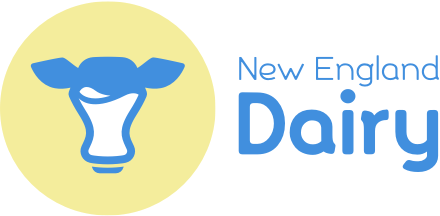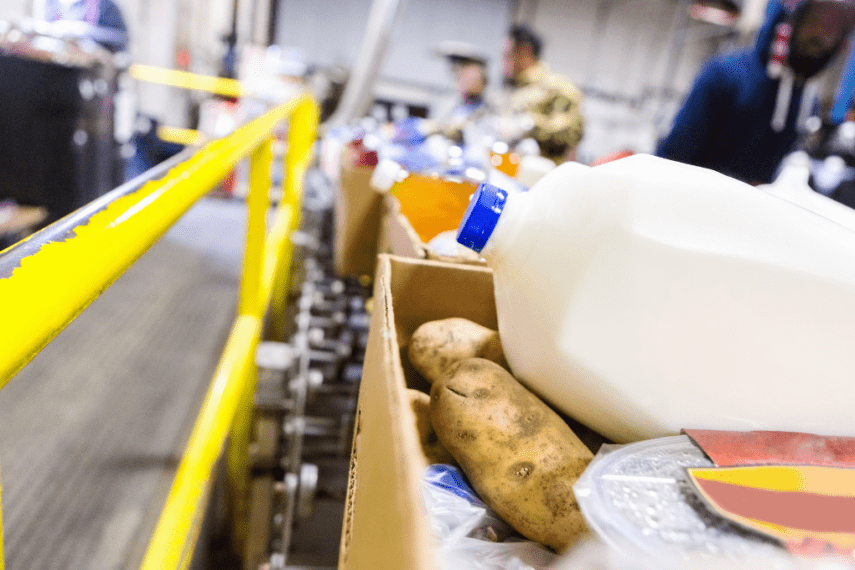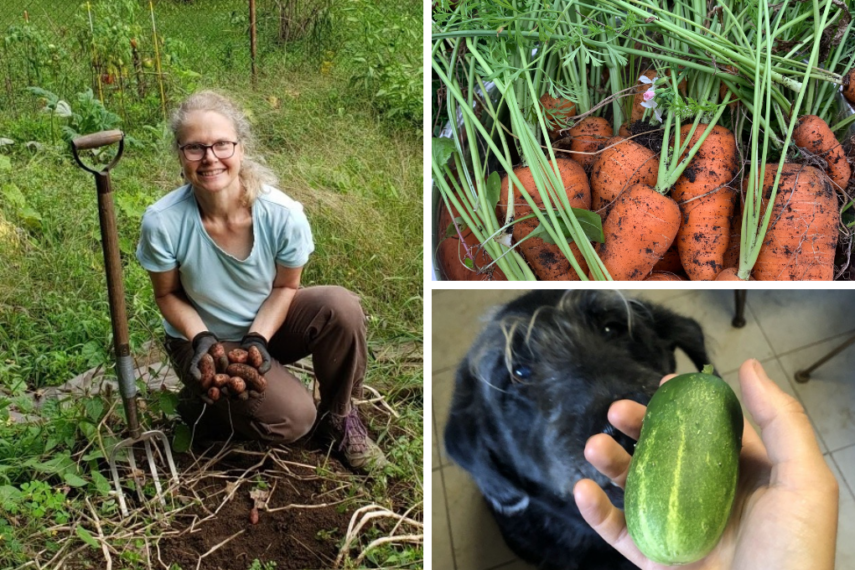
Masks, remote learning, social distancing – these are just a few of the changes we’ve experienced in the wake of the COVID-19 pandemic.
Furthermore, we’ve seen stark changes to the ways we purchase and obtain food. According to Feeding America, more than 35 million in the United States struggled with hunger in 2019. Due to the effects of COVID-19, that number is projected to increase by almost 50%.
For those of us that purchase food at grocery stores, we’ve experienced long lines, hoarding and empty shelves.
Below are tips on nutrition-based shopping and nutritious foods that offer long shelf-life, as well as advice on sell-by and best-by dates for shoppers. Remember that stockpiling does not mean hoarding. Buying decisions should be driven by caution, not panic.
For those who rely on food assistance programs, visit Feeding America’s Find Your Local Food Bank to find your closest food pantry and/or meal program.
First and foremost, refer to the latest information and updates released by the Centers for Disease Control and Prevention and your local, state departments of health.
What to Buy?
Ready.gov, the nation’s go-to emergency preparedness site, has a list of suggested food supplies to stock your pantry with.
- Ready-to-eat canned meats, fruits, vegetables and a can opener
- Protein or fruit bars
- Dry cereal or granola
- Peanut butter
- Dried fruit
- Canned juices
- Shelf-stable milk and other dairy products (information on freezing dairy below)
- High energy foods
- Food for infants and pets
- Comfort/stress foods
Since there are no power, water or infrastructure issues related to current coronavirus (COVID-19) concerns, frozen fruits, veggies, and meats are healthy options to support you and your family if stuck at home or out of school for extended periods.
Dairy’s Place in a Well-Stocked Fridge & Freezer
Perishable milk stays good in a freezer for approximately one month. Dairy products offer important protein, nutrients and vitamins all at an affordable price. When freezing dairy, consider:
- Space in your freezer, if you don’t have room for gallons, think about stocking up on half gallons or quarts of fresh milk.
- Drink some first, milk expands when frozen, leave 1 to 2 inches of empty space in each container.
- Thaw your milk in the refrigerator, NOT at room temperature.
- Give milk a good shake when thawed before serving.
Other dairy products like cheese have a longer shelf-life and can also be frozen for later use. More information here on freezing dairy products.
“Sell-By” vs. “Use-By” vs. “Best-By”
Experts agree that shoppers are confused about the dates printed on foods: “best-by”, “use-by”, and “sell-by”. Almost all of those printed dates represent a manufacturer’s estimate on when their food’s taste and texture will start to degrade. The lone exception is “sell-by,” which tells retailers how long to display their items, but also doesn’t denote when the food will go bad. In the U.S., date labels are not safety labels; they’re used to indicate quality.
Let’s Break it Down:
- The “sell-by” date tells the store the last day they should sell that specific item. Often products can be eaten days, weeks, or even months after those dates, depending on the product. You are more likely to see this label with products like eggs, dairy, and meat.
- The “best if used by” date is not a safety-related date, but instead is the recommended date for best flavor or quality. You are more likely to see this label on things like crackers or chips. Even if the “best if used by” date has passed on a food you have at home, it should be safe if stored and handled properly.
- The “use-by” date is the last date recommended for use of the product at peak quality according to the manufacturer. While this isn’t always black and white—it’s best to stick to this date with products like meat, but with products like dairy, your slightly sour milk doesn’t always need to go down the drain. Even when your milk starts to smell a bit off, it’s still safe to cook with. You can use it as you would buttermilk in pancakes, waffles, and baked goods
- Check out this great infographic guide from the Cleveland Clinic you can print out.
Using the information above and relying upon a clear, but cautionary mindset, you can lay an important nutritional groundwork for yourself and your family at a time when we need to all do what’s best to protect ourselves and those around us. A healthy, strong immune system is essential in general, but is even more so at this time. Your best approach for the foreseeable future is caution and not panic. Helping to curb the spread of COVID-19 will take smart steps from us all – and that starts with healthy eating.



